Despite the excellent silage-making conditions last summer, I can’t help being disappointed with my silage this winter.
This is reflected in what I would describe as relatively average performance from the cows over the last few months.
Production currently stands at around 30.5l/cow, with butterfat at 3.93% and protein at 3.17%.
Feed rate is 0.38kg/l.
On the surface this may seem reasonable, but if I look back 12 months I had the same number of cows milking with similar average days in milk at 144.
The corresponding production was just over 33l, with good solids of 4.14% butterfat and 3.32% protein.
If volume was down and solids up (or vice versa), I could put up with it.
But over the course of a month the lower performance this winter, compared with last winter, works into a big difference in the milk cheque.
Up until now the nutritionist and I have tinkered with feed rates, and fibre and protein levels in the blend, but it has given no real response.
This week we walked the cows, and between us we came to the conclusion that bearing in mind the level of production, body condition should be better.
Normally, by this stage of the year and with a higher level of production, body condition should be on a rising plane.
So it was decided that in order to drive the cows on for the rest of winter they need a boost of fermentable energy.
To get this I have started to feed 1.5kg/head of crimped maize meal over and above what they are already getting through the wagon. The following morning production was up 0.5l, which suggests it has worked, but only time will tell.
First cut
Looking back to silage-making, first cut was mowed in the first days of May. The forecast gave a scorcher of a week and the contractor got the nod.
However, after mowing the weather stayed dull and still. Despite being tedded twice it was really difficult to get grass to wilt, hence dry matter levels are in the low 30s.
With early silage we target a dry matter closer to 40%. Metabolisable energy (ME) is 11.6, down from 12.2 last year and sugar content is low as well, a reflection of the cold weather at the end of April.

It really brings home the message that you get out of cows what you put in.
Breeding
On the plus side, breeding seems to be going well. At the last scanning session 20 cows were scanned, with 19 being confirmed in-calf. The other cow was cystic and has been put on a synchronisation programme.
Heats have been strong and this is having a knock-on effect on submission rates.
Calf rearing
With over two thirds of the cows calved, calf rearing is going well in the capable hands of our Greenmount student.
Apart from the weekends, I try to have as little to do with what happens in the calf house as possible.
Earlier in the season there were a few calves with hard navels, even though we are very fussy about hygiene in the calving pens.
A course of Noroclav usually sorts the problem, but as a prevention we now make a real point of spraying newborn calf navels with iodine.
Since starting this there have been no calves with hard navels.
Feeder
Before calving started this winter, I recalibrated the calf feeder to increase the level of milk powder from 125g/l to 150g/l.
This seems to be having a positive impact on the calves, although one observation is that calves eat a bit less meal in the first two to three weeks.
With newborn calves, we take them away from their mother at the next milking, and if the cow gives enough colostrum, I bag 4l into the calf whether or not it has sucked.
By doing this we now no longer routinely give calves Halocur for the first seven days of life. Perhaps, it all goes to show that no matter how good management is, it can always be improved.




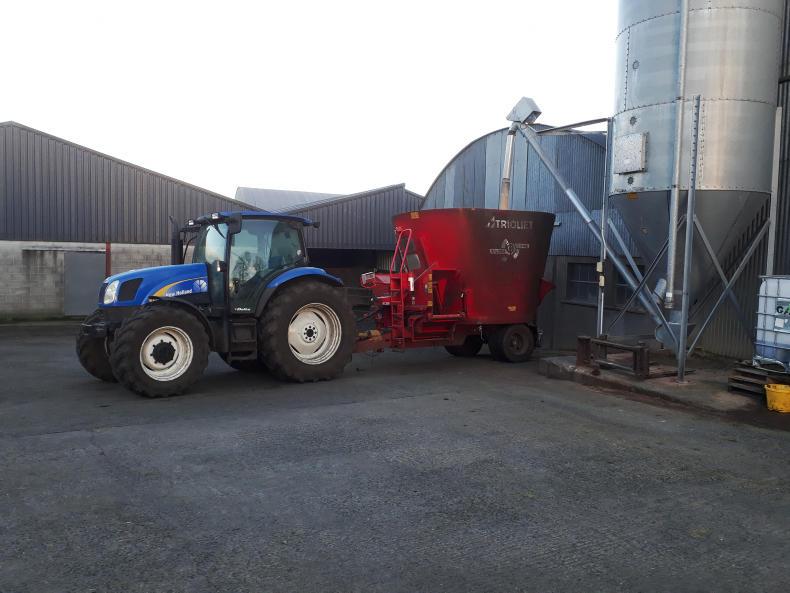
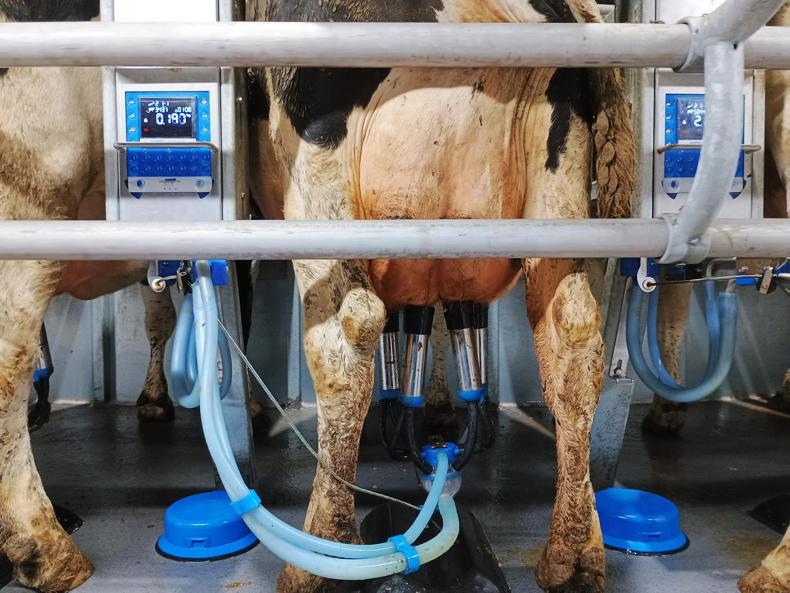

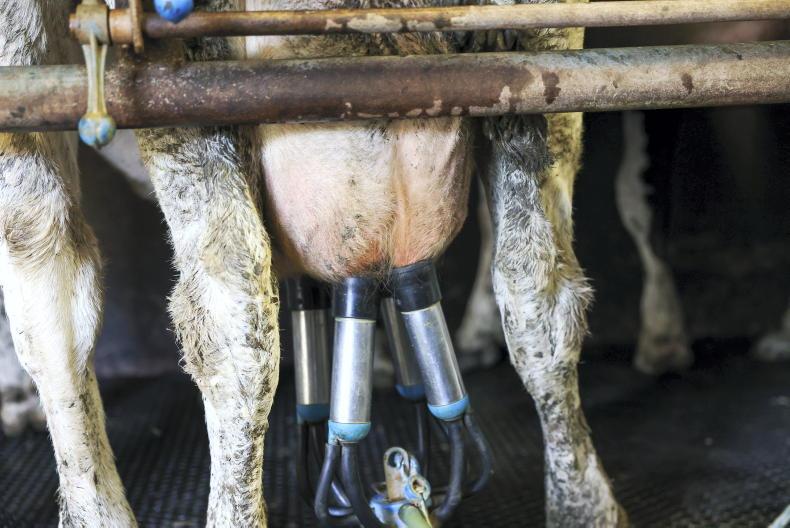
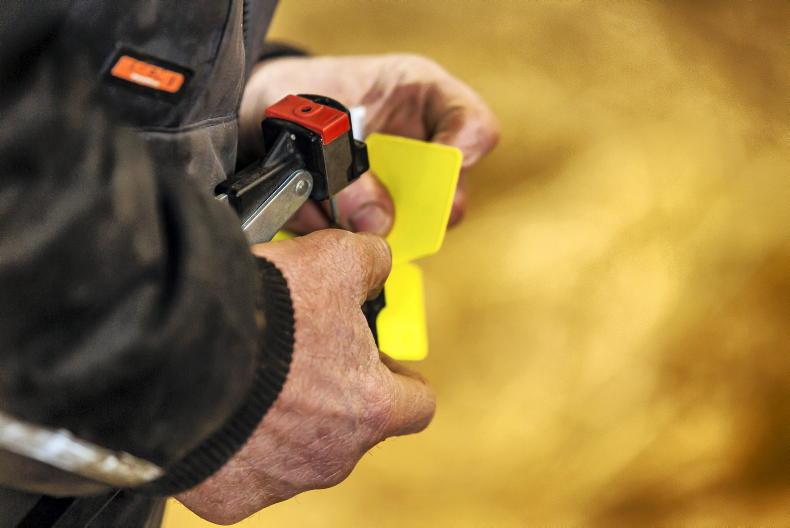
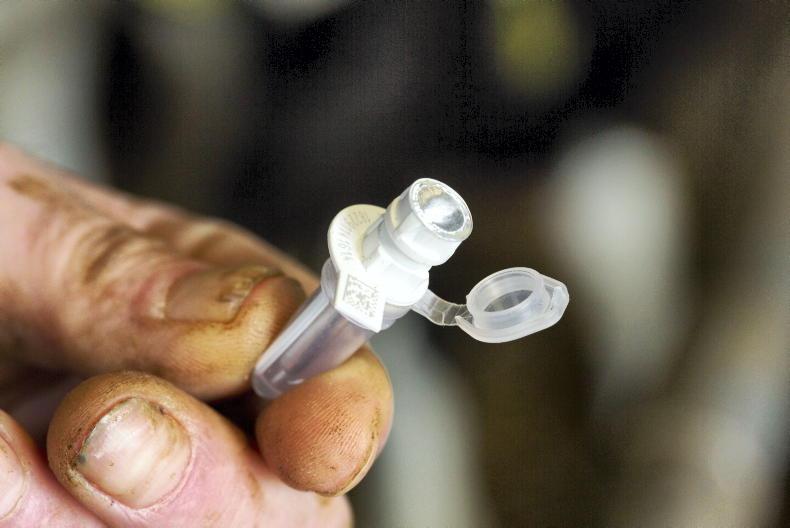
SHARING OPTIONS